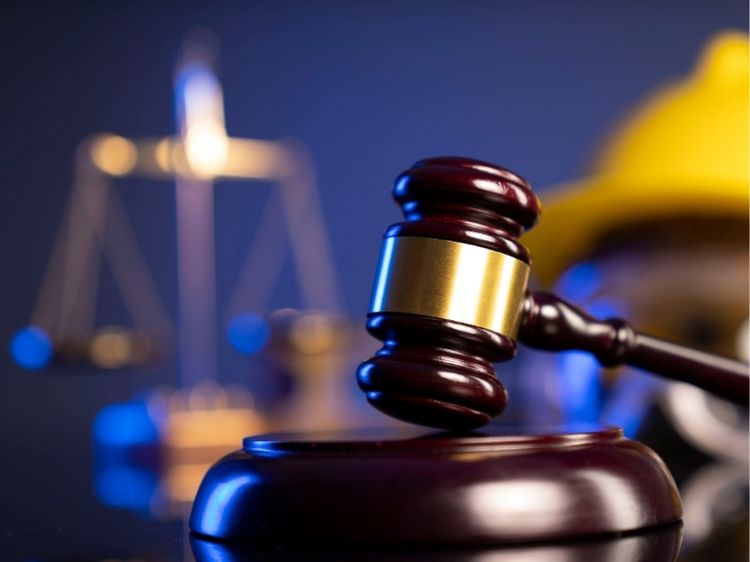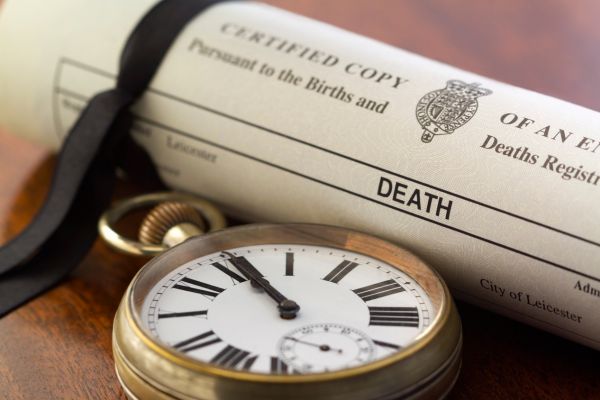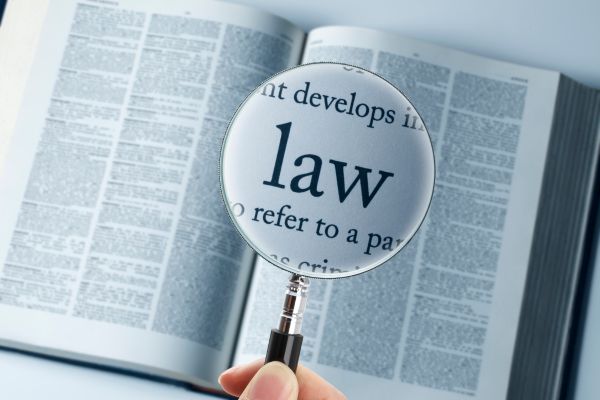Understanding the Key Elements of Product Liability
Product liability is a crucial concept in the realm of consumer protection and corporate responsibility. It governs the legal responsibility manufacturers, distributors, and sellers have when a product causes harm to a consumer. When products fail, the consequences can be severe, leading to injuries, financial losses, and even fatalities. To navigate the complexities of product liability, it’s essential to grasp the key elements that constitute a product liability claim. In this article, we’ll explore these elements in detail, ensuring you have a clear understanding of what it takes to hold a party accountable for a defective product.
What Is Product Liability?
Before diving into the elements of product liability, let’s first clarify what product liability actually means. In simple terms, product liability refers to the legal responsibility a manufacturer or seller has if a consumer is harmed by a product. This liability can arise from various defects, including design defects, manufacturing defects, or failure to provide adequate warnings or instructions. The goal of product liability laws is to ensure that products meet certain safety standards and that consumers have recourse if they are injured by a product.
The Three Pillars of Product Liability
To build a successful product liability case, the plaintiff must prove certain elements. These elements form the foundation of any product liability claim and are essential to understanding how the law protects consumers. Let’s break down these key elements:
1. The Existence of a Defect
One of the most critical elements in a product liability case is proving that the product was defective. A product defect can occur in three primary ways:
- Design Defect: This occurs when the product’s design is inherently unsafe, even before it is manufactured. For example, if a car is designed with a fuel tank positioned in a way that makes it prone to explosion upon impact, that would be considered a design defect.
- Manufacturing Defect: A manufacturing defect happens during the production process, leading to a product that differs from the intended design. For instance, if a batch of helmets is made with substandard materials, making them less protective, that’s a manufacturing defect.
- Marketing Defect (Failure to Warn): This defect arises when the product lacks adequate warnings or instructions, leading to misuse that causes injury. For example, if a medication doesn’t include a warning about potential side effects, this could be grounds for a marketing defect claim.
2. Causation: The Link Between Defect and Injury
Once a defect is established, the plaintiff must prove that this defect directly caused their injury. This element, known as causation, is vital because it establishes the connection between the defect and the harm suffered. Without causation, a product liability claim cannot succeed.
To prove causation, the plaintiff must demonstrate that:
- The product was being used as intended or in a reasonably foreseeable way.
- The defect was present when the product left the manufacturer or seller’s control.
- The defect was the direct cause of the injury, without any significant intervening factors.
For example, if a consumer uses a defective toaster as instructed and it causes a fire, leading to burns, the causation between the defect and the injury is clear.
3. Damages: Proving the Extent of Harm
The final element in a product liability case is proving that the plaintiff suffered actual damages due to the defect. Damages can include a wide range of losses, such as:
- Medical Expenses: Costs for treating injuries caused by the defective product.
- Lost Wages: Income lost due to time off work while recovering from injuries.
- Pain and Suffering: Compensation for physical and emotional distress caused by the injury.
- Property Damage: If the defective product caused damage to the plaintiff’s property.
The plaintiff must provide evidence of these damages, whether through medical bills, pay stubs, or expert testimony, to establish the extent of their harm.
Types of Product Liability Claims
Product liability claims can be pursued under different legal theories, depending on the circumstances of the case. The three main types of claims are:
1. Negligence
In a negligence claim, the plaintiff must prove that the manufacturer or seller failed to exercise reasonable care in the design, manufacture, or marketing of the product. This might include failing to conduct proper safety tests or ignoring known risks associated with the product.
2. Strict Liability
Under strict liability, the plaintiff doesn’t need to prove negligence. Instead, they must show that the product was defective and that the defect caused their injury. Strict liability is often easier to prove than negligence, as it focuses solely on the product’s condition, not the manufacturer’s conduct.
3. Breach of Warranty
A breach of warranty claim arises when the product fails to meet the terms of its express or implied warranties. For example, if a product comes with a warranty that it will be safe for a certain use, and it fails to meet that standard, the consumer may have grounds for a breach of warranty claim.
Common Defenses in Product Liability Cases
Defendants in product liability cases often raise various defenses to avoid liability. Understanding these defenses can help plaintiffs prepare their cases more effectively. Some common defenses include:
1. Assumption of Risk
The defendant may argue that the plaintiff knew the product was dangerous and voluntarily chose to use it anyway. For instance, if a consumer ignores clear warnings on a product and is injured as a result, the defendant might claim assumption of risk as a defense.
2. Comparative Fault
In some cases, the defendant may claim that the plaintiff’s own negligence contributed to their injury. This defense, known as comparative fault, can reduce the amount of damages the plaintiff is entitled to recover.
3. Product Misuse
If the plaintiff used the product in a way that was not intended or reasonably foreseeable, the defendant might argue that the misuse, not the defect, caused the injury. For example, if someone uses a kitchen knife to pry open a can and is injured, the manufacturer might argue that the knife was not designed for that purpose, and the injury was due to misuse.
Frequently Asked Questions (FAQs)
Q1: What are the essential elements of a product liability claim?
The essential elements of a product liability claim are the existence of a defect, causation (proving the defect caused the injury), and damages (proving the extent of harm suffered).
Q2: Can I file a product liability claim if I was partially at fault for the injury?
Yes, you can still file a claim, but your compensation may be reduced based on your degree of fault under comparative fault principles.
Q3: What is the difference between strict liability and negligence in product liability cases?
Strict liability focuses on the defective condition of the product, regardless of the manufacturer’s conduct, while negligence requires proving that the manufacturer failed to exercise reasonable care.
Q4: How long do I have to file a product liability claim?
The time limit, known as the statute of limitations, varies by jurisdiction, so it’s essential to consult with a legal professional to understand the specific timeframe for your case.
Conclusion
Product liability is a complex area of law designed to protect consumers from harm caused by defective products. By understanding the key elements of product liability—defect, causation, and damages—plaintiffs can build strong cases to hold manufacturers and sellers accountable. Whether pursuing a claim under negligence, strict liability, or breach of warranty, it’s essential to gather thorough evidence and be aware of potential defenses that may arise. If you believe you have a product liability case, consulting with an experienced attorney can help you navigate the legal process and secure the compensation you deserve.
Authoritative Links
- Consumer Product Safety Commission: www.cpsc.gov
- National Law Review: www.natlawreview.com
- Legal Information Institute, Cornell Law School: www.law.cornell.edu



